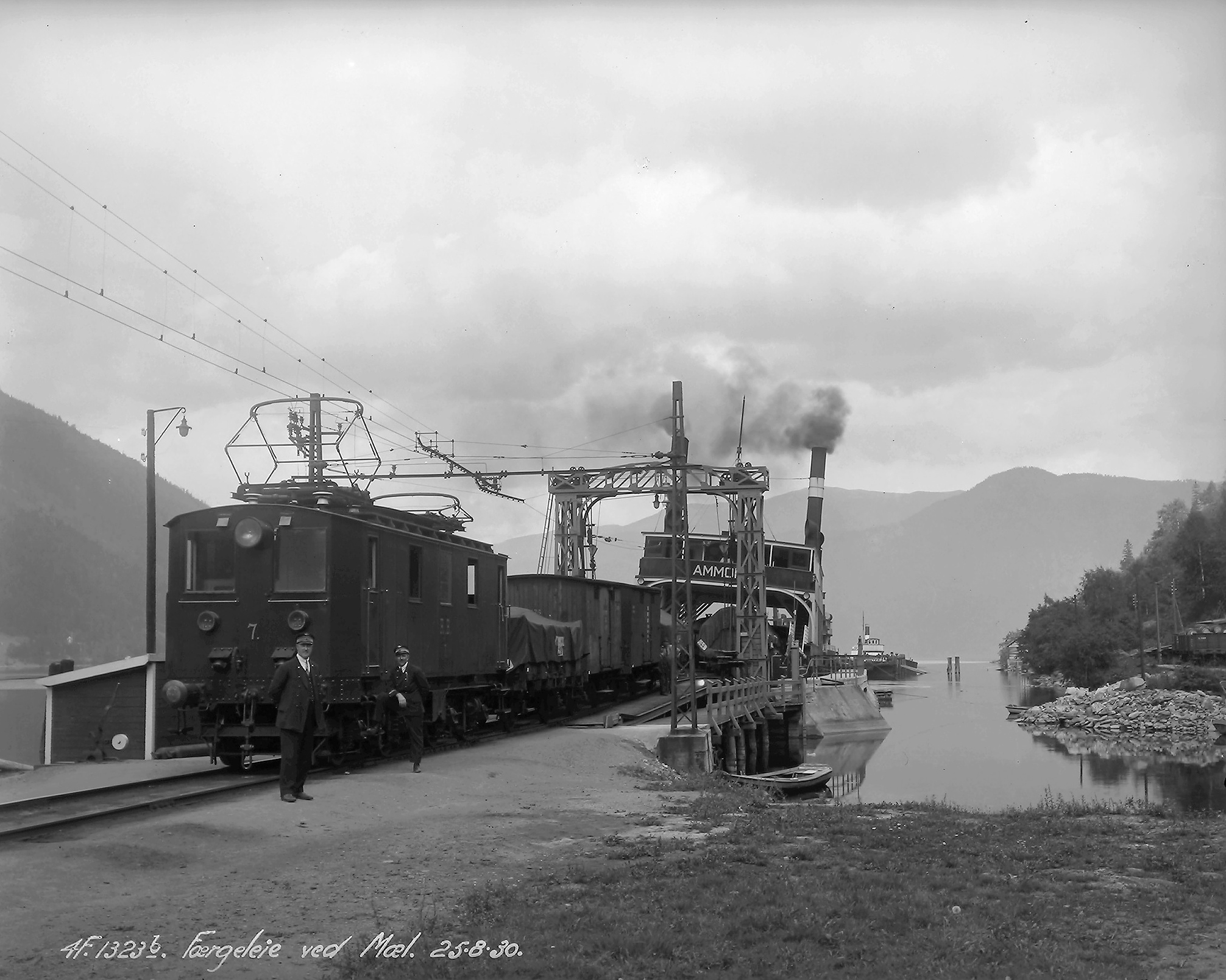Apply for an audience with the Queen of Tinn Lake. The steam ferry that changed both Lake Tinn, the population and society. Ammonia was built in 1929 and is proudly located at the quay at the historic town of Mæl.
The steam ferry Ammonia
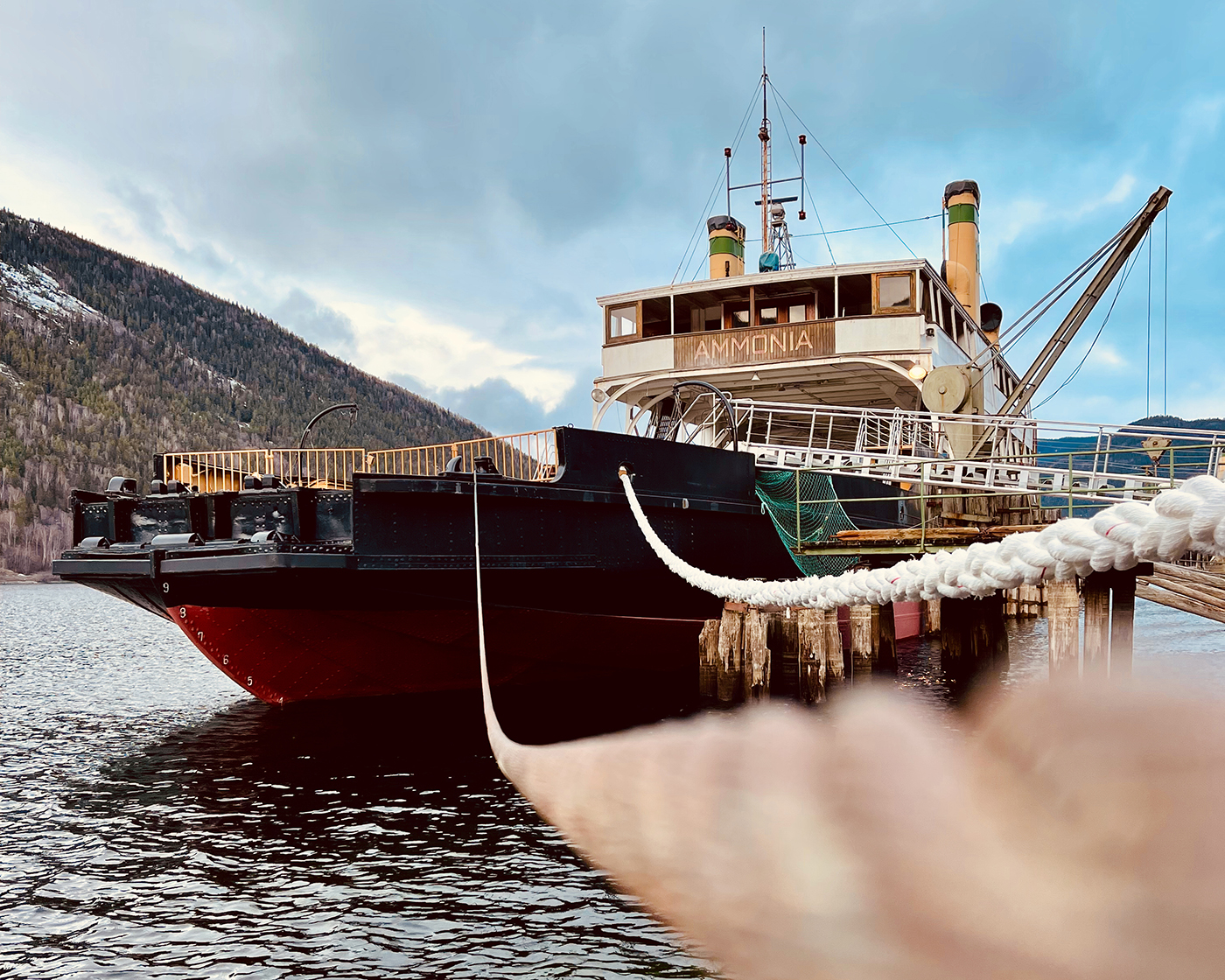

Apply for an audience with the Queen of Tinn Lake. The steam ferry that changed both Lake Tinn, the population and society. Ammonia was built in 1929 and is proudly located at the quay at the historic town of Mæl.
The railway ferry Ammonia not only changed travel on Lake Tinn, but it also set a completely new standard. With a charming café, its own post office and a journey time of just two hours, the ferry became an appealing option for the locals.
Ammonia is equipped with a completely unique director’s salon, where everything is specially built from the best materials. The furnishings are by Carl Conradi, with excellent help from the Rjukan Railway operations manager Holmboe.
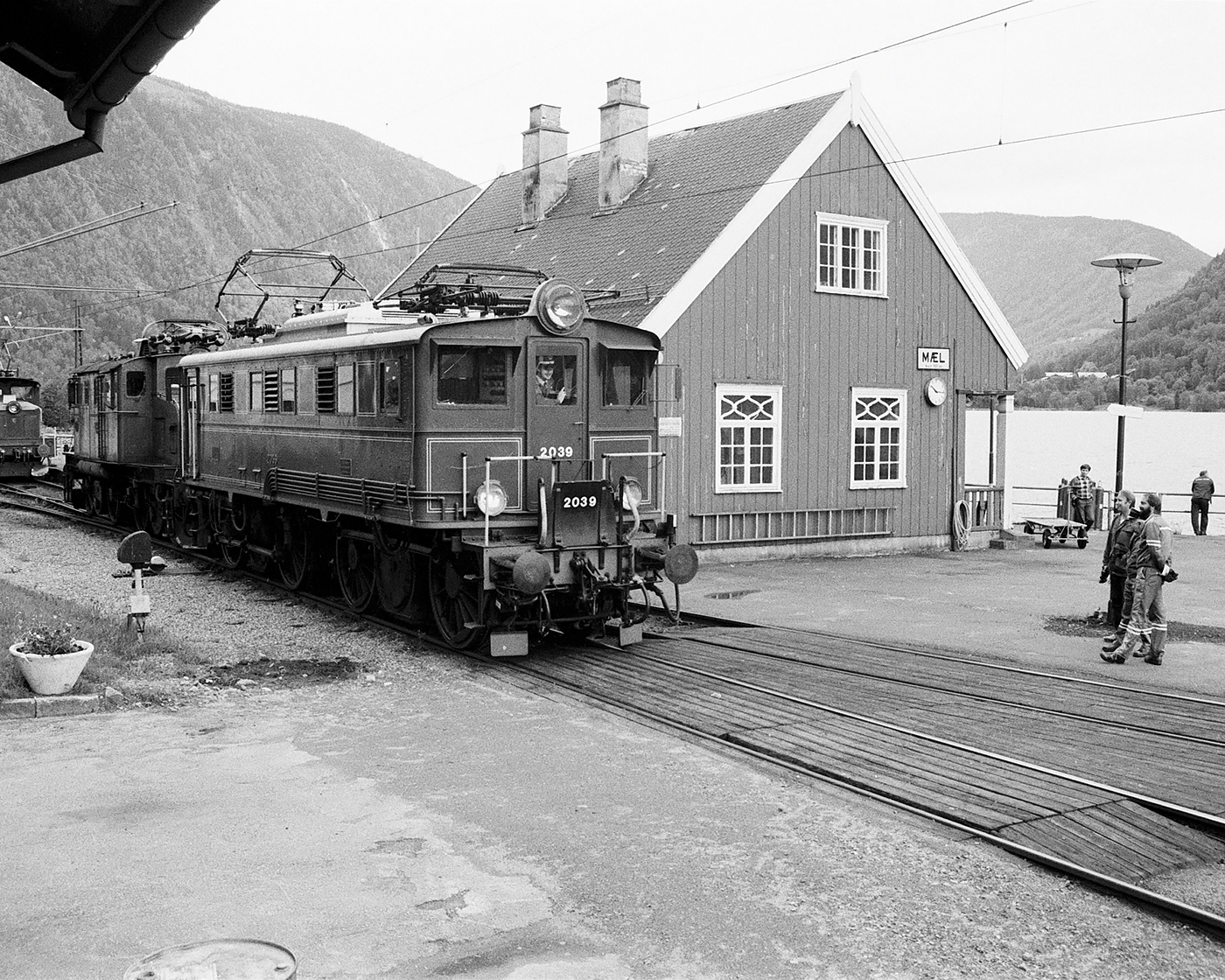

Ammonia was commissioned from Moss Shipyard, but was assembled in a berth next to the slipway at Tinnoset. The steam ferry is equipped with two triple-expansion steam engines of 450 hp each, and two boilers that each hold 20,000 litres of water.
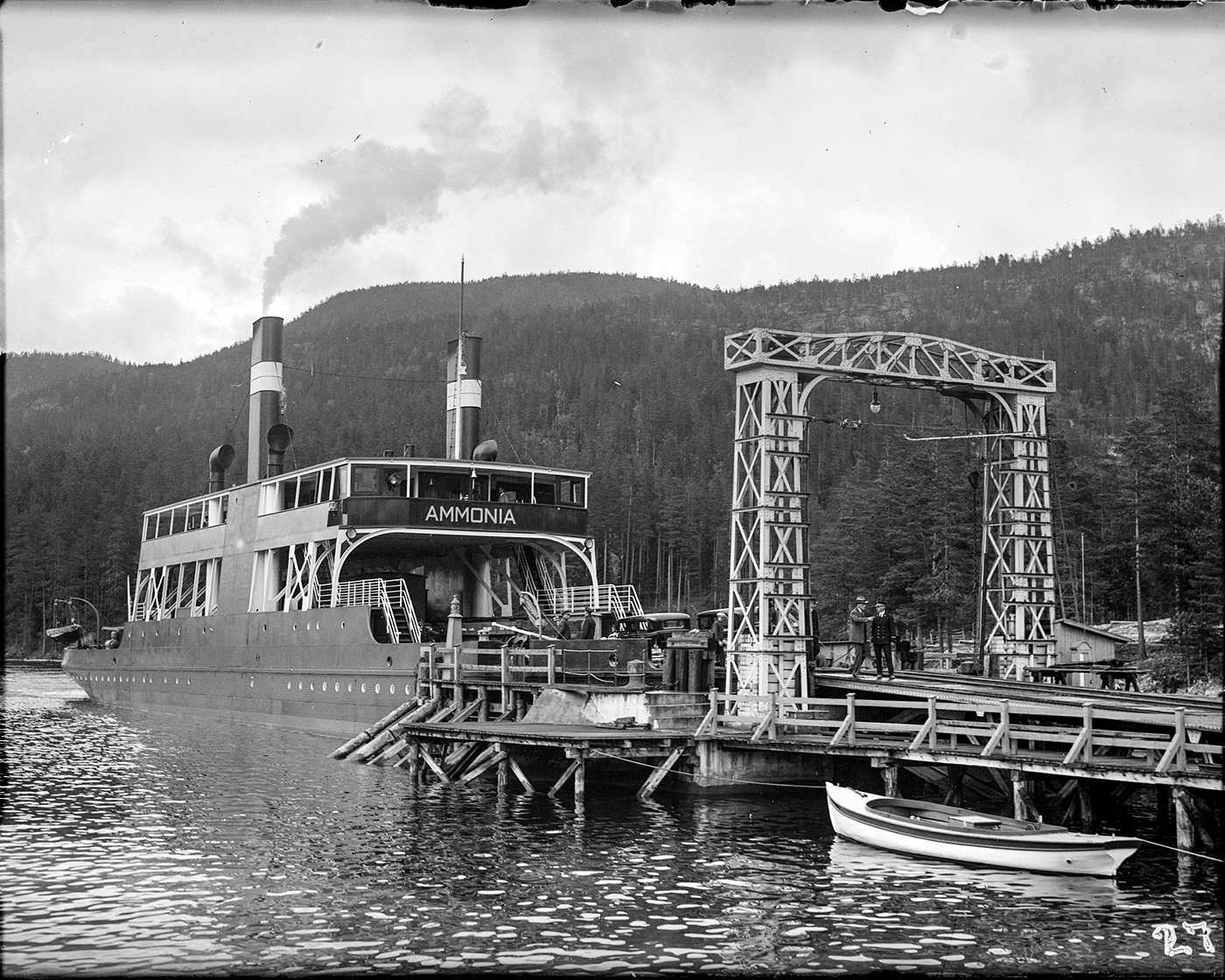
Goods transport in Rjukan took place around the clock, all year round. The historic transportation of fertiliser and raw materials between Rjukan and the sea took place in several stages – and a 30-kilometre journey by train ferry was one of them.
For the first twenty years, the steam ferries “Rjukanfos” and “Hydro” operated on Lake Tinn. But towards the end of the 1920s, greater capacity was needed.
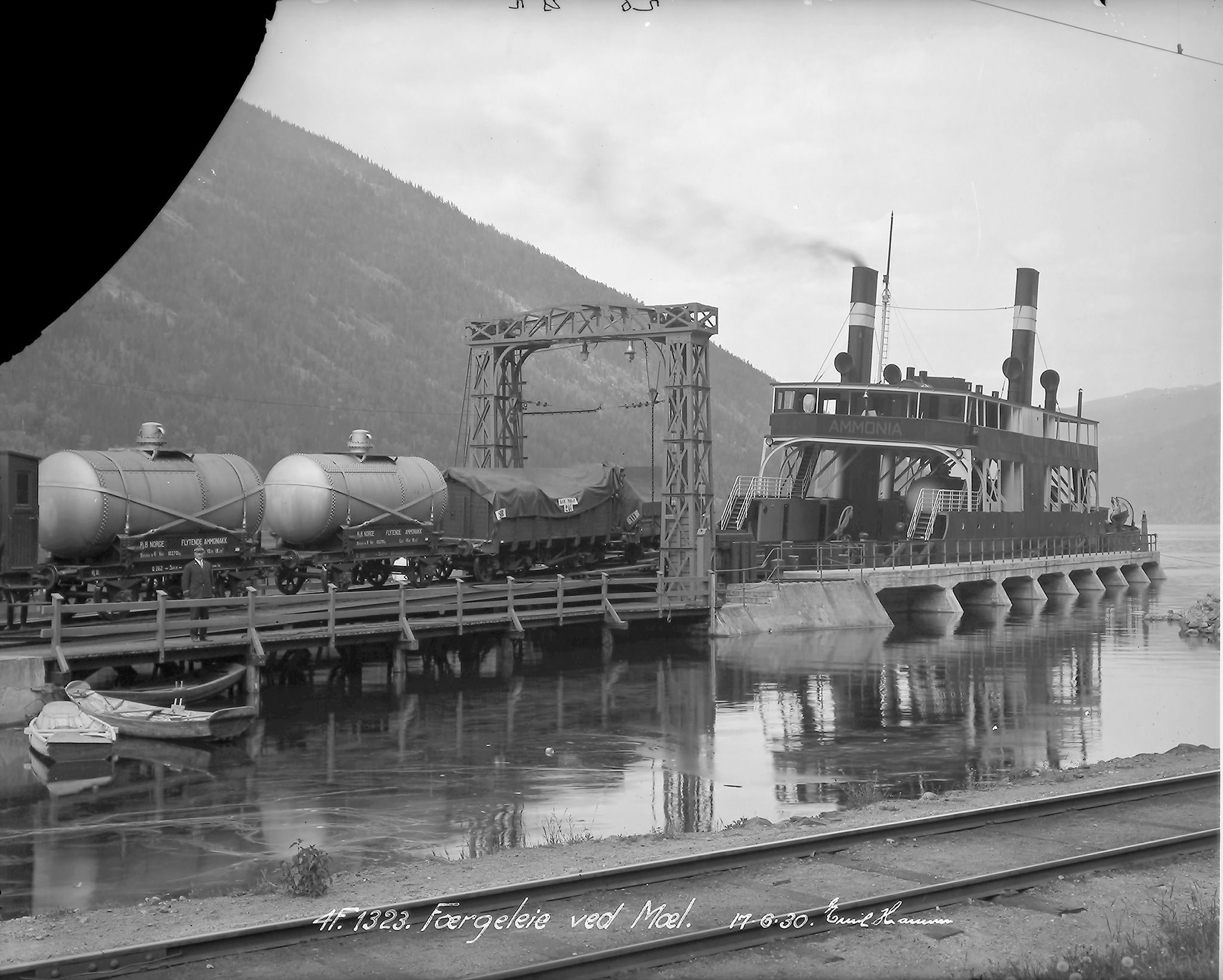
From 1928 to 1929, fertiliser production changed at Hydro’s Rjukan plants. With this industrial development the plants manage to double production of goods for sale. It therefore becomes absolutely vital to expand the possibility of transporting goods across Lake Tinn.
The railway ferries must not become a bottleneck that slows down the speed of the train journey bringing fertiliser to the world market. This problem was solved by the steam ferry Ammonia from the summer of 1929.
Ammonia waits. Plan your visit.